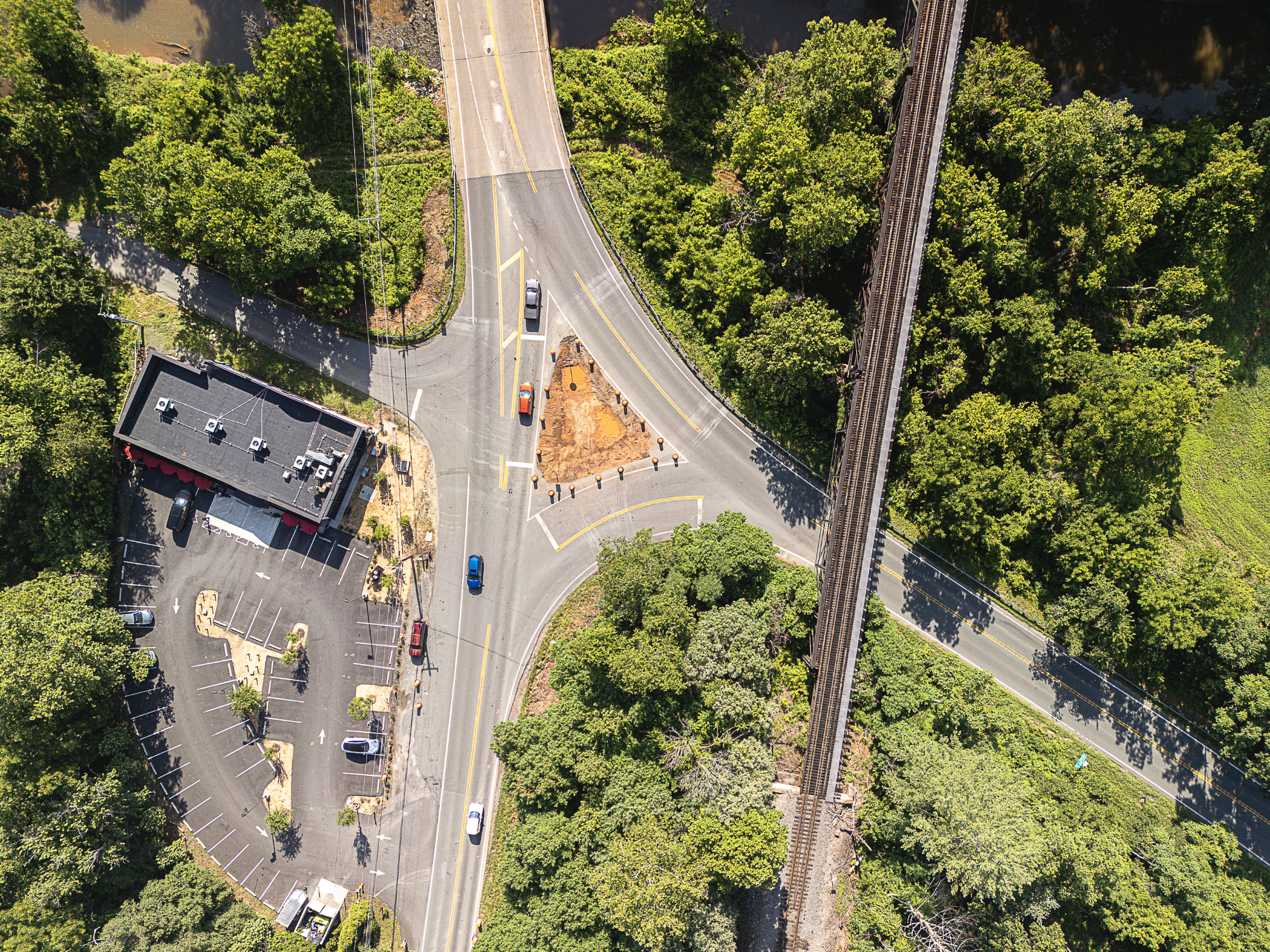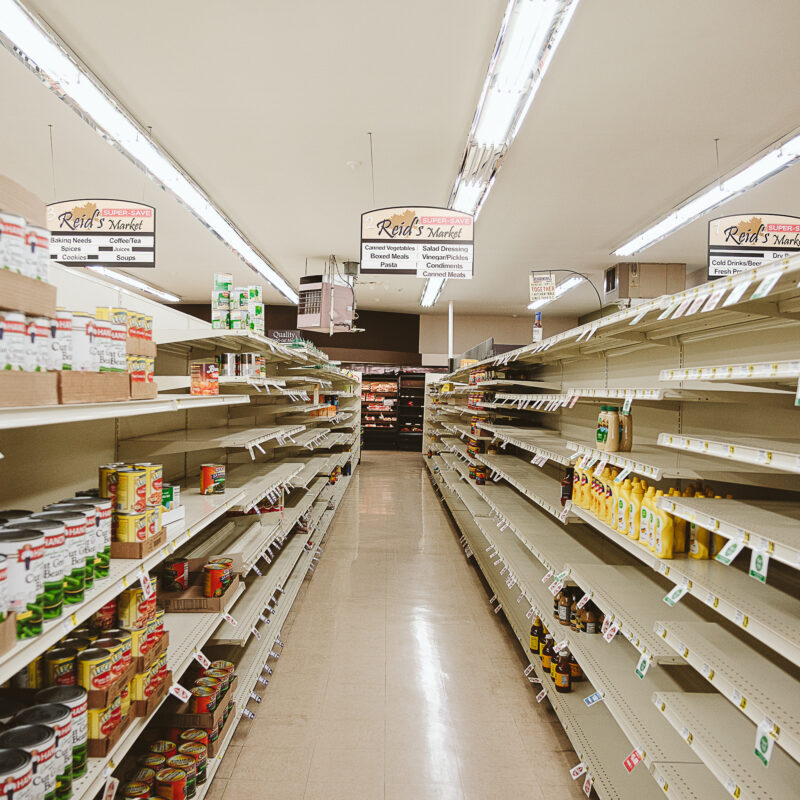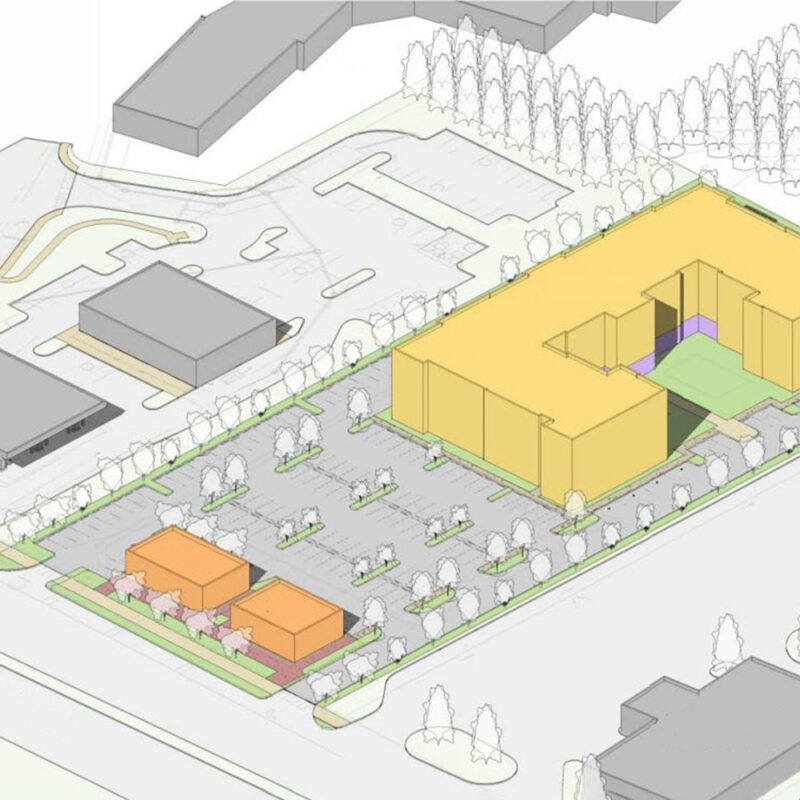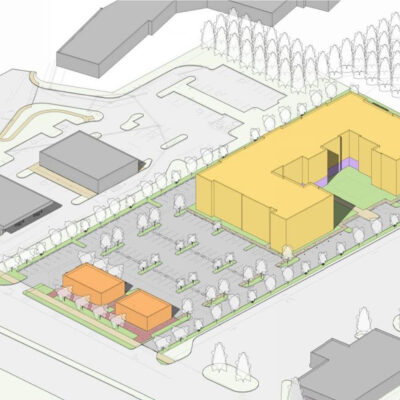Summer’s off to a blazing start, and transit crews have hit the road, working on projects in and around Charlottesville. From initiatives already underway to those a few years from breaking ground, C-VILLE put the pedal to the metal to find out what’s happening on area roadways (and one new pedestrian bridge).
Bridging the gap
With the opening of a pedestrian bridge this fall, the Virginia Department of Transportation will complete its years-long U.S. 29 and Hydraulic Road improvement projects. Work on the new bridge is currently underway, with an expected completion date of October 2025.
Improvements to the Route 29 and Hydraulic Road area are designed to make the area safer and more efficient for motorists and pedestrians.
Most of the planned changes, namely the Hillsdale Drive roundabout and signal rework at the intersection of Hydraulic Road and Route 29, were finished in summer 2024. VDOT does not currently have data measuring the effect of the in-place portions of the project on travel times through the area.
According to a recent VDOT study, approximately 56,000 vehicles use Seminole Trail/U.S. 29 between Barracks Road and Woodbrook Drive daily. Crossing all nine lanes of U.S. 29 as a pedestrian is difficult—and dangerous—given the amount of vehicle traffic and 45-mile-per-hour speed limit (that many motorists ignore) through the area.
Upon completion, pedestrians can use the bridge located just north of Zan Road to cross the major throughway. The location of the crossing was chosen, at least partially, to allow for better connection between the Seminole Square Shopping Center and The Shops at Stonefield.
“Construction of the pedestrian bridge is progressing as scheduled, with the bridge deck anticipated to be poured in late July,” says Alexis Mehretab, communications manager for VDOT’s Culpeper District.
Rounding it out
In the Crozet area, VDOT crews are working at the intersection of Three Notch’d Road (Route 240), Rockfish Gap Turnpike (Route 250), and Browns Gap Turnpike (Route 680). The incoming traffic circle is part of a five-intersection design-build bundle.
The project connecting routes 240, 250, and 680 is funded through the Highway Safety Improvement Program, and will eventually replace the existing intersection with a single-lane, four-leg roundabout. According to Mehretab, a detour closing Browns Gap Turnpike between Rockfish Gap Turnpike and Old Three Notch’d Road to through traffic will go into effect in mid-July, and last through December 2025.
The traffic circle is expected to be completed by July 2026.
As a proven safety countermeasure, roundabouts are increasingly used by VDOT at intersections throughout the commonwealth. According to the Federal Highway Administration, traffic circles can encourage lower speeds, improve traffic calming, and reduce conflict points. Three other roundabouts, and one Continuous Green-T intersection (in which traffic traveling on the major roadway can continue through the crossing without stopping), will be constructed through the other projects in the design-build bundle, with funding from VDOT SMART Scale, the Highway Safety Improvement Program, and Albemarle County.
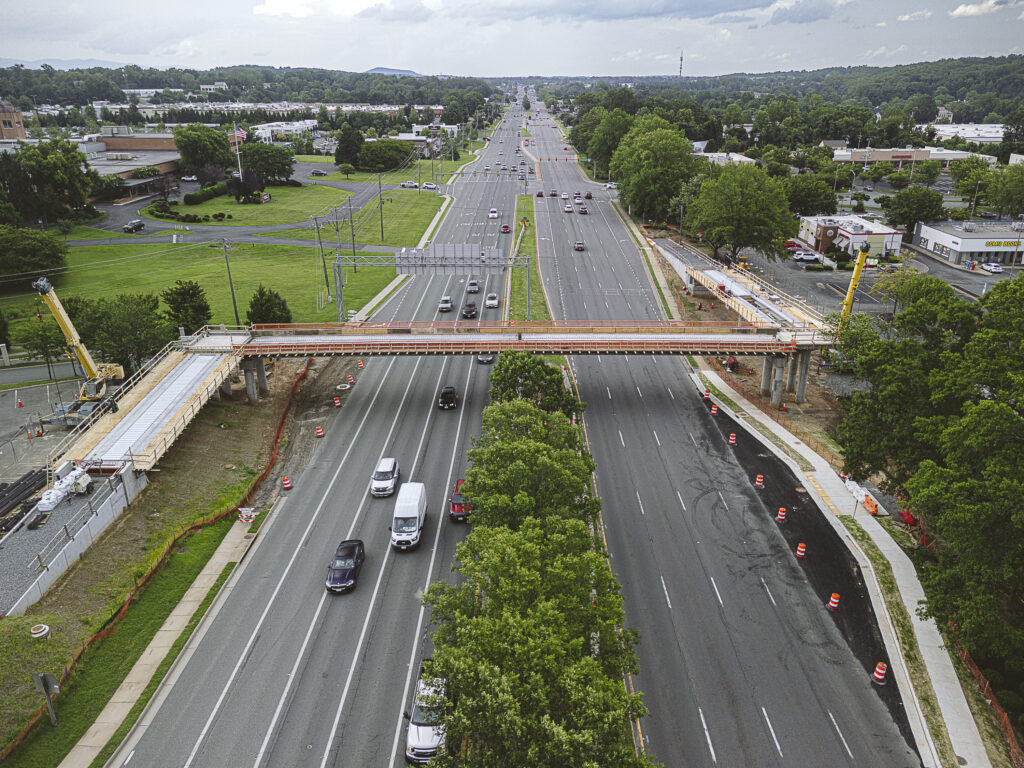
Testing, testing
This fall, the City of Charlottesville will also pilot a new traffic pattern at the intersection of Meade Avenue and East High Street.
As part of the Move Safely Blue Ridge initiative, the 60-day pilot project will test a new configuration aimed at improving safety at the intersection—the site of five vehicle collisions from 2018 to 2022.
Visibility is a major obstacle at the crossing, creating issues for pedestrians and motorists alike. To improve sight lines and the flow of traffic through the area, the city will test the second improvement concept proposed. The pilot will affect traffic patterns on Meade Avenue and East High and Stewart streets.
Instead of making a left turn from East High Street directly onto Meade Avenue, motorists will use Stewart Street. By removing the direct access from East High Street, city planners hope to significantly reduce traffic on the portion of Meade Avenue between the East High Street and Stewart Street intersections.
“We’re trying to move some of that commercial traffic and through traffic onto Stewart, which is more of a commercial corridor,” says Ben Chambers, transportation planning manager for the city. Since City Council already approved the program in May, Chambers has been working to obtain all the materials needed for the pilot. “We are now working with our consultant to finish up the final schematic drawings for this and also identify some temporary stoplight that we can purchase. So part of this project is turning off the stoplight at Meade and East High, and then putting in a temporary one at Stewart to facilitate those left turns up at Stewart.”
The initiative will also affect pedestrians’ pathing, with the change in traffic pattern allowing for safer crossings.
“There’s going to be more marked crossings in places where, right now, we don’t feel safe putting our crossing,” says Chambers. “That crossing at Meade Avenue at East High Street currently doesn’t have a crosswalk because there’s a sight line visibility issue of cars coming up Meade. … There would be a crosswalk across Stewart with this temporary stoplight, as well as a crosswalk across the current stop sign on Stewart when you’re turning right or left on to East High.”
If the project is a success, the city will keep the temporary infrastructure in place while pursuing federal funding for more permanent infrastructure through the Move Safely Blue Ridge initiative.
Implementation of the pilot has been pushed back to fall 2025 to allow time to obtain materials.
Diet and exercise
On the south side of Charlottesville, the city and VDOT are also planning a “road diet” for Fifth Street Extended.
As the name implies, a road diet is the intentional narrowing of an existing roadway to improve safety.
“We were trying to figure out how to come up with an alternative … to move forward with this project,” says Chambers. “[VDOT] had been doing some road diet work with the city of Harrisonburg … and said, ‘Hey, we’re wrapping up all this work with Harrisonburg. We’ve got a little bit of money left over and some consultant support left over on this contract. Anybody else need a road diet?’ And I said, ‘Ooh, me please. I’ll take your money and your consultant support.’”
While the general idea behind a road diet is relatively straightforward, the extra space previously utilized by the roadway can be repurposed in a multitude of ways.
Through the road diet, Charlottesville hopes to finally implement the first of several longer protected bike lanes recommended in the 2015 Bicycle and Pedestrian Master Plan. The city is working with VDOT to collate responses to public surveys and feedback provided earlier this year into a preferred alternative for the roadway. The most recent option presented would eliminate one south-bound lane of Fifth Street SW between Cherry Avenue and Fifth Street Station, creating a protected, two-way bike lane.
“In general, the feedback was positive that this does seem like a great opportunity for a protected bike facility in the city,” says Chambers.
More detailed planning for the road diet is in progress at VDOT. Chambers expects to receive the preferred alternative in early- to mid-July, and present it to City Council in late August or early September. Construction will occur either before or after leaf season.
“Who picks up your leaves and your garbage—those guys also help put lines on the ground and help deploy some of our projects,” says Chambers. Due to the overlap between traffic and leaf and snow crews, the road diet will be in place either before the beginning of leaf collection at the end of October, or after the snow season ends around February. “When leaf season and snow season comes, they’re busy. They stay pretty busy.”
Scaling up
Another major VDOT effort in the early stages of development is the Fontaine Hydraulic design-build bundle, which combines three projects in a single alternative project delivery method through the VDOT SMART Scale program. By combining the projects, VDOT hopes to more efficiently deliver the improvements in the affected high-traffic areas.
Included in the bundle is a rework of the U.S. 29 Bypass interchange at Fontaine Avenue (U.S. 29 Business), improvements to the Fontaine Avenue streetscape, and the installation of a roundabout at the intersection of Hydraulic Road and District Avenue.
One major change is the removal of the existing left-turn lane from northbound U.S. 29 Bypass onto westbound Interstate 64. Upon completion, northbound drivers on the bypass will use a U-turn location to access 64 West. Several pedestrian modality improvements are also included in the bundle, namely the creation of a shared-use pathway on U.S. 29 Business.
“This project is currently in the procurement phase,” says Mehretab. “We anticipate awarding and executing the contract in December 2025.”
Construction on the projects is expected to begin in winter 2026 to 2027, according to the VDOT project page, with completion projected for fall 2029.
TURNING IT AROUND
After a tumultuous few years for the city’s VDOT portfolio, Charlottesville is making progress on its recently right-sized to-do list, partially through “quick-build” projects.
Last year, Charlottesville was the first of several cities in Virginia to be put on a performance improvement plan by VDOT, due to issues delivering on budget and schedule. Several projects were canceled due to cost increases compared to original estimates following multiyear delays and significant inflation.
“We have something like 20 VDOT-funded projects that we’re churning through and going to be working through over the next couple of years,” says Ben Chambers. “They have been tracking our metrics and our sort of timelines and goals for those timelines, and our performance is starting to trend in a different direction. And they’re very happy with that.”
Quick-build VDOT projects currently under construction include the multiuse pathway along Rugby Avenue by the Brooks Family YMCA, and a Madison Avenue pedestrian connector.
